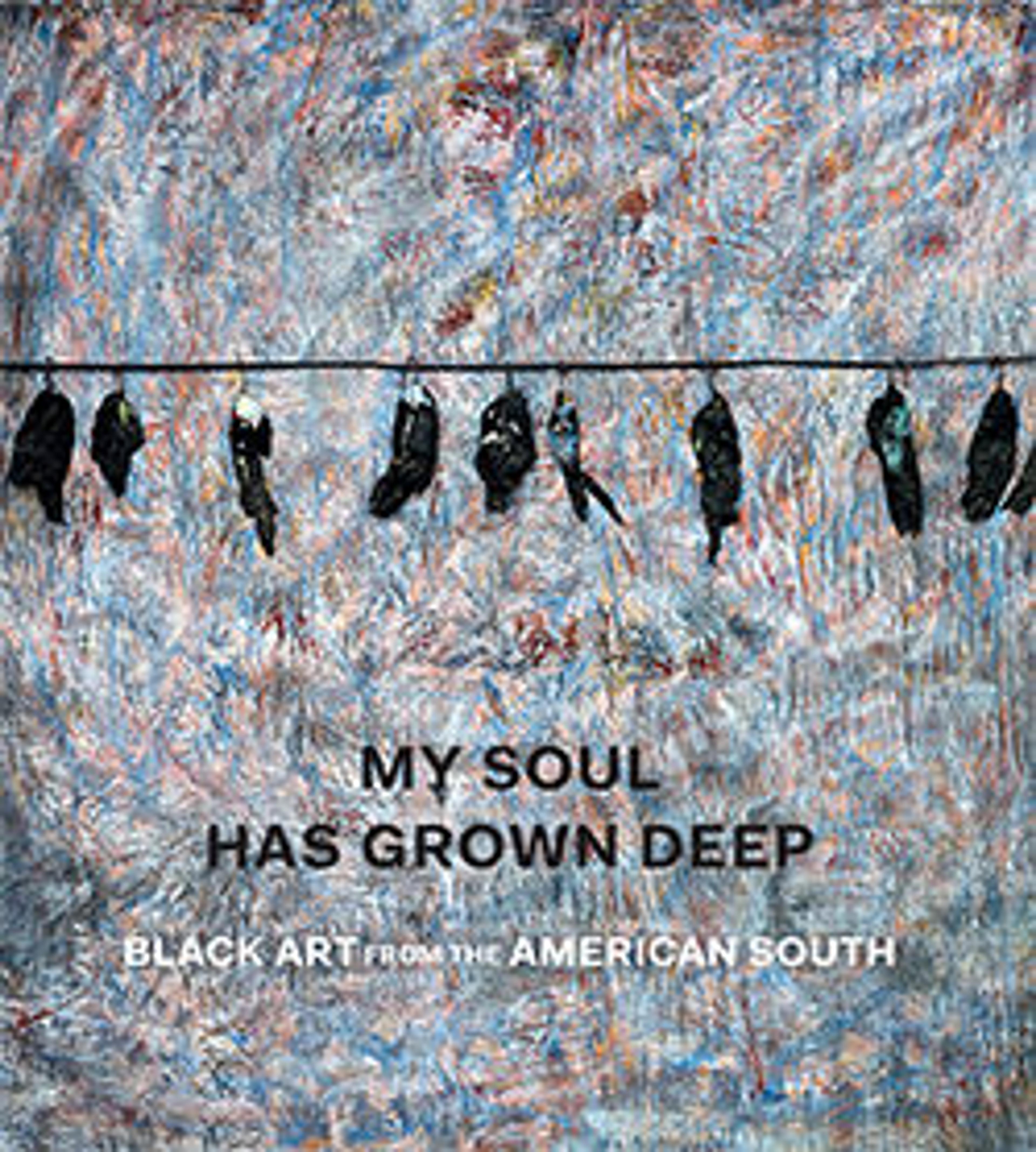Lazy Gal Bars quilt
Made from long strips of cut, or perhaps even torn, fabric, Lazy Gal Bars is one of the simplest patterns the Gee’s Bend quilters produced. Loretta Pettway made this quilt from approximately equal widths of work clothes and other fabrics she had at hand, stitching the narrow strips together with long vertical seams. While using a relatively basic technique, Pettway managed to create a striking composition by choosing to place two light strips off-center and to border the lavender-blue denim with strong dark blue denim on two sides. The quilt is backed with a patterned blue-and-white polyester that also serves as the binding. It peeks around the sides, making for a somewhat jarring contrast to the solid colors of the front.
Artwork Details
- Title:Lazy Gal Bars quilt
- Artist:Loretta Pettway (American, born Boykin, Alabama 1942)
- Date:ca. 1965
- Medium:Top: cotton and cotton-polyester blend; back: polyester
- Dimensions:80 1/2 × 68 1/2 in. (204.5 × 174 cm)
- Classification:Textiles
- Credit Line:Gift of Souls Grown Deep Foundation from the William S. Arnett Collection, 2014
- Object Number:2014.548.50
- Rights and Reproduction:© 2025 Artists Rights Society (ARS), New York
- Curatorial Department: Modern and Contemporary Art
More Artwork
Research Resources
The Met provides unparalleled resources for research and welcomes an international community of students and scholars. The Met's Open Access API is where creators and researchers can connect to the The Met collection. Open Access data and public domain images are available for unrestricted commercial and noncommercial use without permission or fee.
To request images under copyright and other restrictions, please use this Image Request form.
Feedback
We continue to research and examine historical and cultural context for objects in The Met collection. If you have comments or questions about this object record, please contact us using the form below. The Museum looks forward to receiving your comments.
